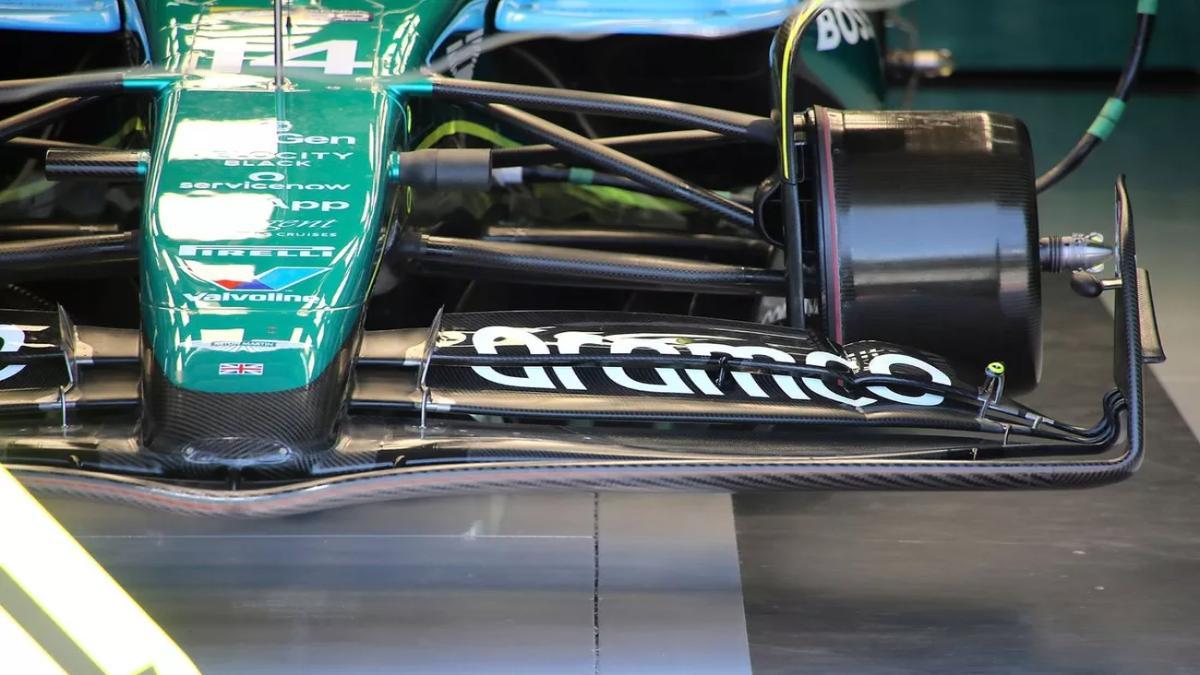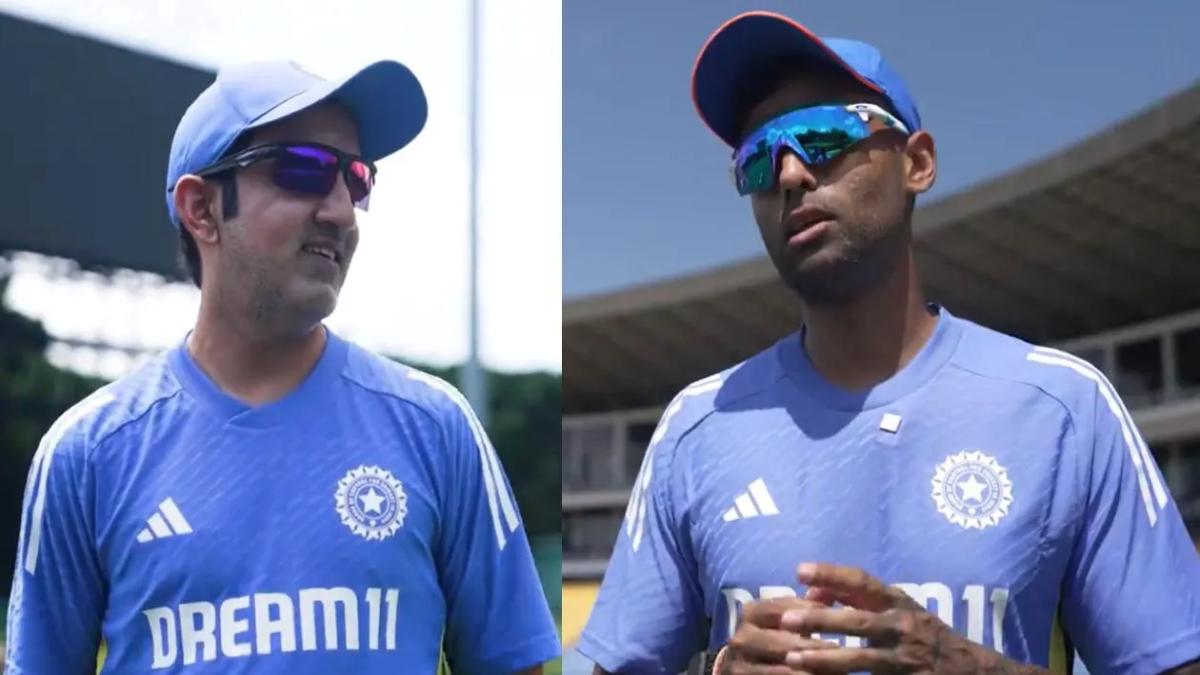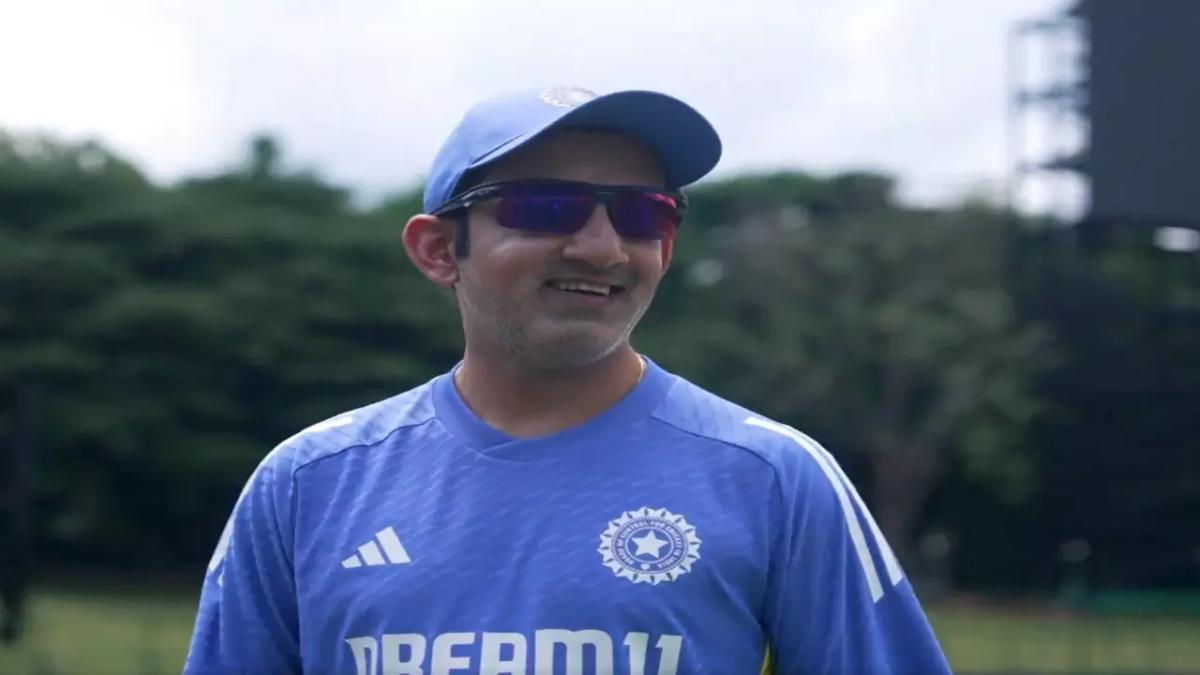(Motorsports news) Alonso’s serious FP3 collision in F1 was partly caused by a rather major change that was intended to move the squad up the grid but instead made the car harder to handle.
Due to its difficulties, there were increased worries that the team would have a recurrence of last year’s problems, in which upgrades had unintended consequences that negatively impacted performance.
However, team principal Mike Krack is optimistic that this year will be different and that the cause of the Imola disaster will be found.
When questioned about whether this was the same scenario playing out as 2023, he responded, “You guys are always quite quick with such conclusions.” “I believe we experienced the same thing in Mexico, and the following week we were on the podium.
We say, “Let’s keep the church in the town,” in Germany. Let’s examine what we now have. We will attempt to use the things we have learned from our introduction and strive to be more formidable the following week.
Although a challenging vehicle is the last thing a driver wants to drive around Monaco this weekend, Krack is adamant that removing the additional components won’t be considered in order to guarantee a more reliable platform.
“There’s no need to roll them off; the upgrades are definitely a step in the right direction,” he stated.
What was new on the Aston Martin
As part of the update, the nose assembly and front wing have both undergone significant overhauls, with the front wing introducing a novel design element.
To distinguish the inboard and outboard sections of the wing, a V-shaped contour has been included into the two top flaps (highlighted in yellow).
The wing’s total capacity to produce outwash will surely be impacted by this design addition, which will also interact with the outboard section’s existing design elements.
It’s also important to take into account the effect that these V-shaped geometries are having on the flaps’ undersides as opposed to only their visible upper surface. They will aid in providing the airflow front of the front tire with much-needed definition.
The endplate has also been changed as part of the team’s effort to enhance flow management in the wing’s outboard region and boost its outwash capabilities.
Nowadays, people prefer the more conventional straight trailing edge over the more contoured, outward version. In addition to creating an additional shedding surface, the surface terminates above the flap and endplate juncture, providing the diveplane with an alternative flow proposition.
Many modifications have been made to the nose and central portion of the front wing. The nose has a revised tip form that is positioned further forward on the second element, necessitating the installation of a central support bracket between it and the mainplane by the crew.
As a result, there are now only one instead of the two paired brackets on either side of the nose.
Additionally, the driver cooling option is now available in the nose tip; however, the team opted to leave this blank for the Emilia Romagna Grand Prix.
Also read: Norris can defeat Verstapen, but “many races ending in tears” – Brown










